Whole-Person Care: Are We Ready? The Intersection of Pharma and Digital Therapeutics
Senior leaders focused on the advancement of digital medicine and health meet to discuss the importance of these tools for life sciences companies, payers, and others in harnessing a healthcare future that will be increasingly dominated by holistic treatment and delivery.
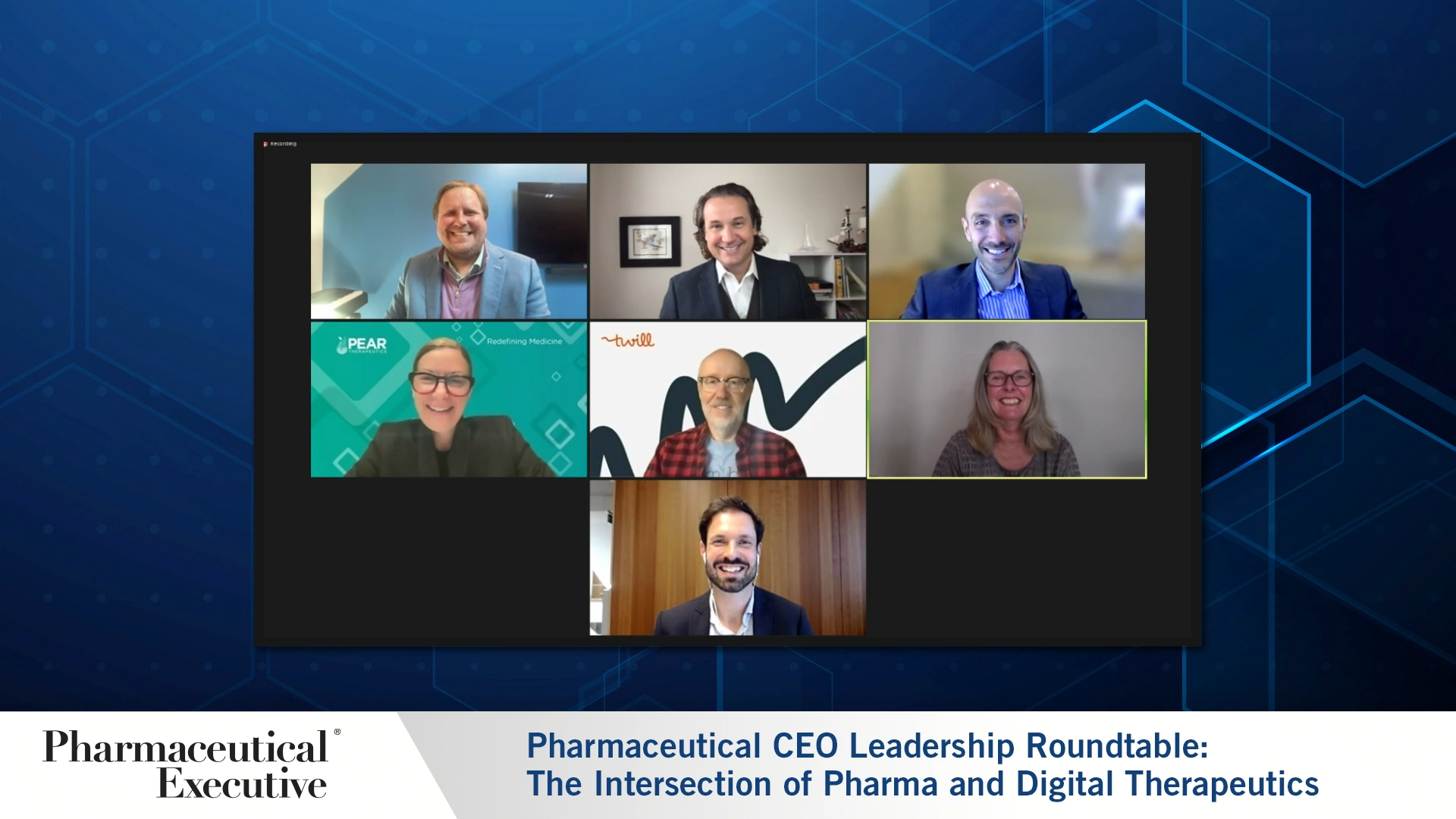
On Sept. 15, a panel of experts convened for a virtual roundtable to discuss the growing field of digital therapeutics in the pharmaceutical industry. Professionals leading digital therapeutic companies, digital health C-suite pharma executives, and leaders of digital health and digital therapeutics organizations, met to share views on new trends in this segment.
The group discussed how life sciences companies are approaching digital therapeutics from a financial standpoint, along with how these tools and devices are part of a growing trend of moving toward “whole-person” healthcare, as opposed to single-point solutions. Other topics included why digital therapeutics still require traditional partnerships, and how these new product-enhancing technologies are changing the ways that payers approach medicine. The following is a recap of the conversation, edited for length and clarity.

Andy Molnar, CEO, Digital Therapeutics Alliance: Our first bullet point is what’s top of mind when considering digital therapeutics’ impact on pharma.
Within our membership at the Digital Therapeutics Alliance (DTA) and how pharma is specifically interacting with digital therapeutics and prescription digital therapeutics is in a couple different ways. There are a few pharma companies that really see it as a new line of revenue, almost separate from the pharmaceutical interventions that they’re driving; and then there is a large group of pharma companies who are no longer thinking about point solutions, meaning “here’s a pill that treats something.” They’re looking at the future of healthcare, which is more whole-person care and looking at the patient journey from start to finish.
I see pharma companies caring more about that full journey; it almost feels like a rare disease company with a patient-population [focus] of more than 15 people, but with a patient population of potentially millions of people. How do you take the small cohorts that we see in specialty pharmacy and apply that into the way that large pharma companies treat patients?
Martin Peters, worldwide head, digital health solutions, oncology, Novartis: I agree with the assessment that digital health is not going to be a direct line of business for the pharma industry. I think the answer is, nevertheless, more nuanced and depends on two factors.
First, what healthcare market are we talking about, the US geography or ex-US? This has huge implications and there are key differences in the go-to-market [strategy]. Second, what is the therapeutic area that we’re talking about, as we may see a difference in neuroscience and mental health vs. oncology? Ultimately, it is the end-to-end customer journey, and the pain points and moments that matter that will be addressed to make a difference in the patient life. It could be remote monitoring in oncology. It could be using a digital device to perform an ECG, for example, before [issuing] a prescription, if that’s part of the safety label.
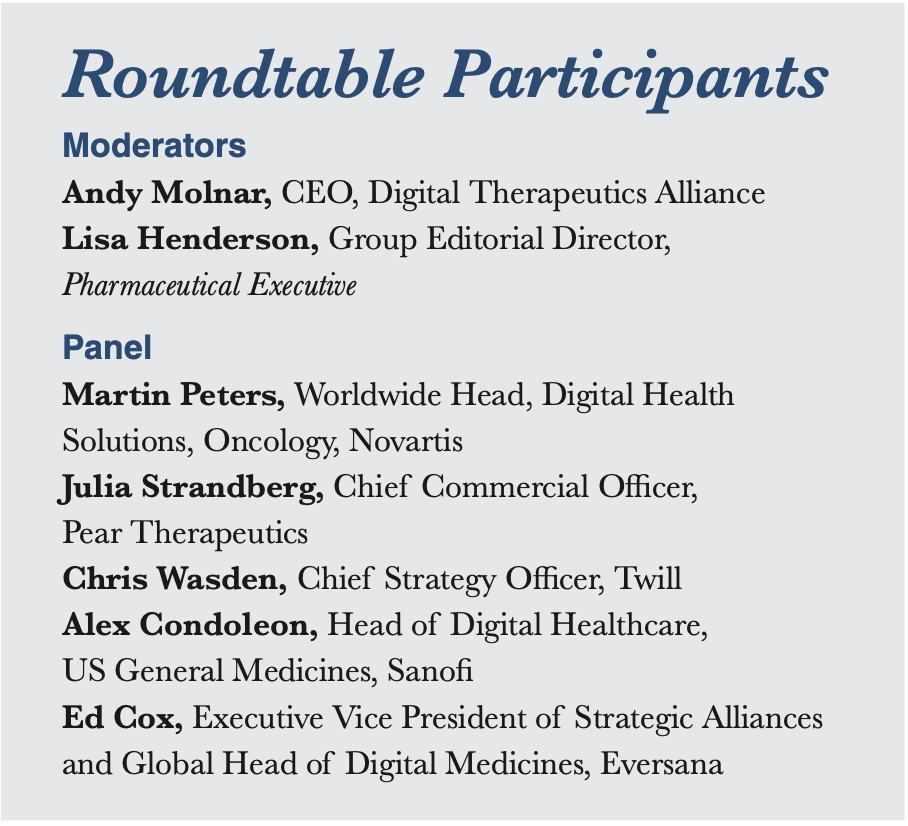
Julia Strandberg, chief commercial officer, Pear Therapeutics: My first thought about digital therapeutics and their impact is all the macro trends we talk about: chronic disease on the rise, healthcare shortage, long wait times, people are living longer, technology just being super pervasive, and, frankly, having a phone in your pocket is one of the most important things to a person today. It’s not even your wallet; it’s your phone.
What that allows us to do from a care perspective is deliver care where the patients are, not to have to drive the patients to have care be delivered.
Another thought, which is super popular, is what are we thinking about in the context of contributors to health? Martin, you spoke to geographical differences, the longitudinal view of the patient and the person, but it’s [also] about the contributors of social determinants of health. And that’s where I believe that digital health plays a very significant role.
In 2017, the National Academy cited the World Health Organization (WHO) saying that only 10% to 20% of health outcomes were modifiable by medicine. The remaining 80% to 90% were social determinants of health. So, on reflection, 50% of that remainder were health-related behaviors and clinical care—and that’s about access and quality to clinical care. The sweet spot where digital health and digital therapeutics play a very meaningful role is in the strategic thinking and forethought of pharma, med device, and tech.
Molnar: As we think about that, Alex and Chris, what would those pharma, medical device, and technology partnerships actually look like to be successful?
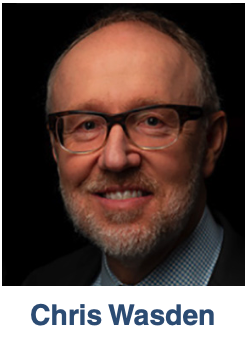
Chris Wasden, chief strategy officer, Twill: We have been working with pharma companies now for four years, and we’ve seen a dramatic change in the views of what pharma companies expect and want from digital therapeutics. Four years ago, it was common for a pharmaceutical company to believe that digital therapeutics could be a new type of therapy that could be reimbursed, that they could make money on, and could be a new revenue source and a new line of business for them.
We don’t see a lot of that interest anymore. Most pharma companies that we work with are looking at one of three different models. We call them complement, companion, and combination—where they’re looking at different ways of delivering a more holistic solution using digital as a complement, a companion, or a combination to the drug. The commercial part of the organization is driving this because they see it as a way of increasing revenues and scripts and finding new patients.
When we look at our value proposition to pharma companies, it’s about, how many new patients can we deliver to them? How many switches from one drug to another? We look at how we can impact medication adherence in the forms of compliance and persistence and how the digital therapeutic, when used on a regular basis, can educate patients, help them deal with side effects, help them remain on therapy, and provide additional information for them to understand how they’re progressing along the patient journey and with their disease and the management of their condition.

Alex Condoleon, head of digital healthcare, US general medicines, Sanofi: The first thing that matters for all parties is that there’s genuine strategic alignment. Whether you’re on the digital side, device, or life science and pharma side, you have to be willing to walk away if there’s any hint that the strategic alignment isn’t there. You can look across our industry and see all the models are being tested. Many of us have had experience with many of them, from joint ventures, equity plays, or trying to get more operational with commercial agreements.
All of them have a place, but I’m hopeful that we’re going to see pharma taking more of an operational role because pharma has to get in the game, understand the market, and learn from the market.
The strategic alignment and the deal structure are going to either set you up for success or cause problems down the path. The incentives in the agreement have to be aligned because tough times are going to come. There’s no question there will be dispute about boundaries, but you’ll survive it if the incentives are driving you to the same goal. The cultural alignment is the glue.
Therefore, you need to figure out what the KPIs (key performance indicators) look like, who’s going to be rewarded, and how does that reward only increase over time so that the glue stays. That’s probably an example of how mindset can make the deal structure something that holds us together in the good and the bad times. My alliance management partners will always say to me that in the good times, they almost don’t need to be involved.
Pharma is going to keep looking outside to complement its capabilities. That makes this idea of partnering key, and there are going to be things that succeed and fail.
It’ll be a game where we all learn together and find a path where we can unlock value for patients, our payer customers, and our investors as well.
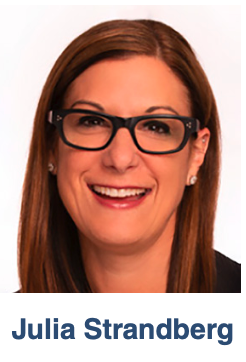
Strandberg: McKinsey created a Maslow-like hierarchy chart in early 2021 about inner-connected attributes. I want to highlight the bottom and the top that you spoke of. No. 1 is about culture, talent, and agility. That is when the operating model breaks down. That is what needs to be focused on for your “glue.”
How do you build out that agile but culturally aligned structure that will never exist? Unfortunately, I have a partnership that no longer exists. At the top of the model, how do you create scale? How do you create this viable, sustainable business model to capture value? How do you make sure everything flows from people to value creation and keep that top of mind?
Wasden: One of the biggest problems we have with pharma clients is that it’s a revolving door for their people. They change companies or jobs within the company every 18 months. We are the source of continuity, but they aren’t because we’re always having to find the new person that we have to work with. We’ve been doing this now with pharma companies for four years, and in all of our oldest relationships we’re dealing with a whole new group of people and bringing them up to speed and trying to maintain the continuity. It’s not easy.
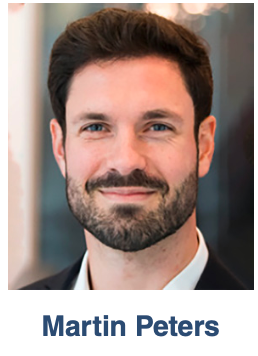
Peters: I agree that it’s pretty much the standard duration, and internally we suffer from that. For me it’s also a reflection that sometimes these partnerships were often not set up for success and we’re unable to measure impact and assess their value.
People internally ask, “What’s the impact of this?” The answer is, “I don’t know.” We track activity and leading indicators, but most digital health companies do not provide lagging or impact metrics.
The ultimate litmus test for a pharma organization is, “What is the impact?” The ones that have demonstrated it, even in this revolving door mentioned earlier, have stuck around and have actually scaled and lived through transition phases. I see the revolving door as a pressure test around [the question of], just how robust is that partnership that we’ve established? That’s not to say that’s always the case, and sometimes, also, good things get killed.

Ed Cox, executive vice president of strategic alliances and global head of digital medicines, Eversana: We are in a mature/immature market at the same time. We have the divergence that happens when a market matures, but we are not having the broad-based adoption that normally comes when a market matures.
Julia’s and Chris’s companies are very different companies. They commercialize in different ways, drive value differently, and both of them are 100% exactly what this industry is. We try to put all digital medicine or digital therapeutics into a monolithic way of thinking when, in fact, we are going to have maturing business models and maturing impact.
What is interesting are the evolutionary thoughts that are happening inside of large pharma; but I think, to Martin’s point, the roots are still early and shallow, and a lot of times they’re tied to a couple of core individuals. We definitely see a lot of leadership changeover, as Martin referenced, and the question is will those partnerships survive those leadership changeovers?
But that’s not an indictment on digital medicine. We shouldn’t feel bad that digital medicine is somehow less valid because a there’s a change in leadership, and, therefore, the partnership that was a priority no longer is.
Major, multibillion-dollar acquisitions of pharmaceutical products get deprioritized after their leadership changes. Whole stuff gets acquired, spun out, or never launched. There are huge shifts, and those are within the core business. So it’s critical for us to be aware that those dynamics are true, and we shouldn’t feel self-conscious that just simply because the champion left or the partnership didn’t go forward that it’s somehow a byproduct of digital medicine not yet having arrived.
Molnar: DTA held our payer accelerator board recently with representatives from 12 different payers. One said, “I don’t need a digital therapeutic solution for just one indication. I don’t want to do one pilot for one product. I need to know how to implement all of them.”
What do you think about how we build consistency when you see products that are completely different for disease states that are completely different to handle?
Wasden: The largest payers in this country are also the largest providers in this country, not provider networks at a third party. They have their own clinicians. UnitedHealthcare is one of the largest healthcare providers in the United States. CVS, the same thing, and it also has retail pharmacy as part of its business.
When you then deconstruct each one of those businesses, what you find is that everyone has a different revenue model with a different necessary value proposition based upon that.
What do they want? What are their goals and objectives? Our first payer customer was Cigna, and they just wanted a wellness product. Then they wanted something more clinical, and then they wanted something for their specialty pharmacy so they could differentiate and have a center of excellence around certain medical conditions that are very high cost.
As you go across a payer organization, there are at least half a dozen different businesses that have different buying-decision processes and different value propositions where digital can play a role.
I think it’s naïve for us to think that there’s this thing called a payer, they all have the same needs, and we just need to solve them once and we’re done. No, it’s a lot more complicated than that.
Condoleon: The other thought that comes to mind is that technology is at a point of maturity where it is reasonable to believe it can have a favorable impact on the health and outcomes of people. But getting adoption, especially where there already is a highly fragmented environment that you’re trying to operate in, is difficult.
What does that mean? For me, this keeps coming back to the idea that the emergent sector is going to find either a protocol, like a backbone technology, or a leading company, that enables workflow to be smooth. Workflow is one of the great barriers that still has to be addressed if we’re going to see wide adoption of these solutions.
Cox: I agree with you. I think by 2030 probably one in seven or eight people around the world will be on some form of digital medicine. That means that it’s going to be a major market. We are going to have a couple of backbone players and winners. I think that we’re going to see not consolidation but creation of monolithic solutions, which is really exciting.
If pharma doesn’t act on it, they will lose. They are in the best position to win this and be the stewards of the future of digital therapeutics and digital medicine. There’s going to be a couple of breakout stars. But which industry wins? Is it big tech? Is it big pharma? Is it med device? Or is it an entirely new vector?
Strandberg: I don’t know if it’s big pharma’s position to lose. I think it’s actually the payers’ position to lose. They have the most to gain and the most to lose to not create an inner-connected system. Even with the different business lines or service lines, they could lose if they do not put a holistic longitudinal, digital solution in place that complements their care coordination or case management or key outcomes. Payers are about managing risk and the actuarial science associated with that monetary value of that risk.
Cox: That’s provocative because it says if payers are the eventual owners and winners of this, then pharma had first-move advantage. They were trying to do this five, six, seven years ago. But if all of a sudden this ecosystem is owned by the payers, then this power balance is going to shift.
Wasden: I agree with Julia, but let me present a different way of looking at this. About 10 to 12 years ago, I developed a business model called “owning the disease,” which was saying that a pharma company should take one therapeutic area and provide an entire array of products and services around that therapeutic area, so they actually own the disease. For example, in MS (multiple sclerosis), you provide digital therapeutics, a digital front door, access to clinical services, your drug, and so on.
I completely failed convincing pharma companies and med device companies to do this. And the reason was that pharma’s interest in any TA (therapeutic area) is transient because either the drug goes off patent, and they don’t have more in the pipeline for that TA, so they move on, or patients stay on their product for short periods of time. The pharma company really doesn’t have the incentive to own a specific disease.
The payer is looking at the entire patient journey. So for the patient, if drug A doesn’t work, they go to drug B. And if drug B doesn’t, they go to drug C. If Drug C doesn’t work and there’s a device, light therapy for psoriasis, for example, they’ll go to light therapy as a medical device as opposed to the drug.
The payer should have all the risk. However, the payer is transient as well because the employers change contracts every three to five years; the payer only cares about that patient while they have that contract period.
So who is going to provide an ongoing, long-term relationship with a patient that is across their entire disease journey, regardless of time and severity and needs different types of products? Part of the problem is that you don’t have the incentives in the pharma industry for payers to be a long-term, comprehensive player in a disease category.
Peters: For some final thoughts, I think at this time, we are still hungry for more success stories, and the more we have, the more that will fuel the system. If something disruptive [related to digital health] is successful, I guarantee you that pharma will be queuing to be in on it and wanting to do it right. Seeing is believing, and that holds true for pharma more than ever. There are lots of phenomenal examples, including the companies here today. We just need more, and when we show that direct impact and what it does, they will be listening.
Cox: Everyone coming from different companies and debating all the different ways it might work is great. However, there’s no one that doesn’t want this to work, and that’s what’s so amazing. Patients want this, pharma partners want this, digital medicine companies want this, and even to some degree, the payers want it. There’s never been a time that health and specifically digital health and pharma have been more at the front of people’s minds.
We just beat back a pandemic because of a confluence of events around the pharmaceutical industry’s innovation, with digital health being able to deliver things. We’re at this moment of great excitement because you do not have an adversary.
Strandberg: And I wish for a world where we don’t call it a digital therapy, we just call it therapy.
Mike Hollan is Pharm Exec’s Editor. He can be reached at mhollan@mjhlifesciences.com.